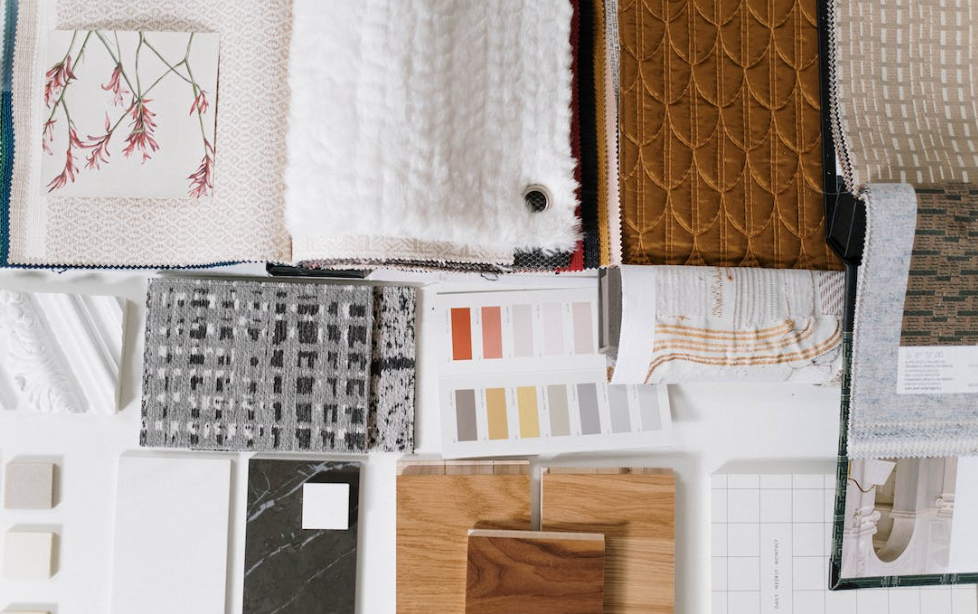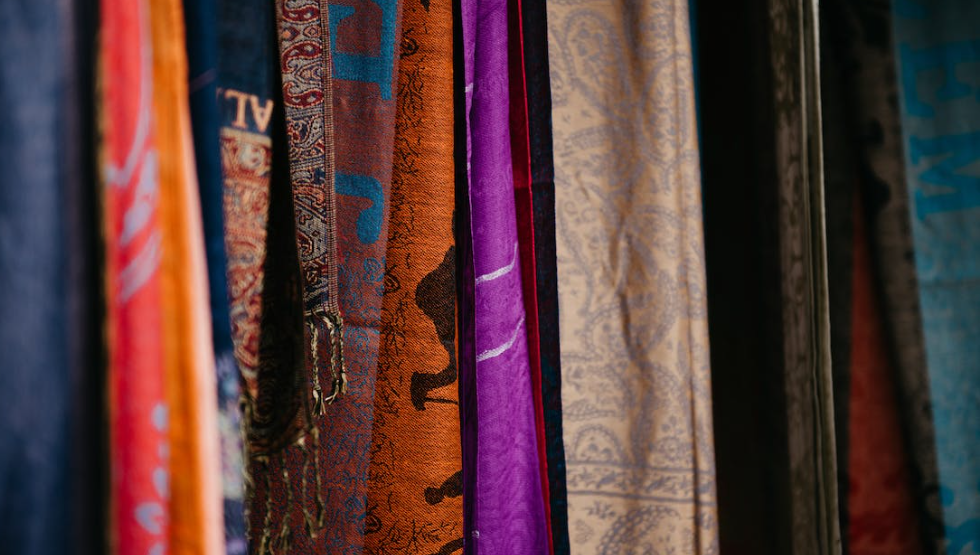Introduction
The fashion industry, long celebrated for its creativity and innovation, is undergoing a transformative shift towards sustainability. At the heart of this movement are sustainable fabrics – materials that prioritize environmental and ethical considerations without compromising on style or quality. This paradigm shift reflects a collective commitment to forge a greener future in fashion. In this article, we will explore the significance of sustainable fabrics and how they are revolutionizing the industry.

Eco-Friendly Fibers: The Building Blocks of Sustainability
The foundation of sustainable fabrics lies in the choice of raw materials. Eco-friendly fibers like organic cotton, bamboo, hemp, and Tencel are cultivated and harvested using methods that minimize environmental impact. These materials are biodegradable, require fewer pesticides, and consume less water compared to conventional alternatives. By prioritizing these fibers, fashion designers contribute to the reduction of harmful agricultural practices and promote a more sustainable supply chain.
Recycled and Upcycled Fabrics: Extending the Lifespan

Recycled and upcycled fabrics represent a crucial step towards a circular fashion economy. These materials give new life to discarded textiles, diverting them from landfills and reducing the demand for virgin resources. From regenerated nylon made from discarded fishing nets to repurposed denim, these fabrics embody a resourceful approach to fashion production. They not only conserve materials but also embody a creative endeavor to transform waste into wearable art.
Innovative Materials: Pushing Technological Boundaries

Advancements in textile technology have paved the way for innovative sustainable fabrics. Lab-grown alternatives like mushroom leather (mycelium) and pineapple leather (Piñatex) offer cruelty-free alternatives to traditional animal-derived materials. Furthermore, fabrics derived from agricultural waste, such as orange peel or banana fiber, showcase the potential for harnessing overlooked resources in fashion production. These innovations not only broaden the palette of sustainable options but also exemplify the potential of science in revolutionizing fashion.
Low-Impact Dyeing and Finishing Processes: Reducing Environmental Footprint
The dyeing and finishing processes of fabrics are notorious for their heavy environmental footprint. Sustainable fabrics prioritize low-impact or natural dyeing methods that minimize water usage, chemical runoff, and energy consumption. Techniques like plant-based dyeing and waterless dye technologies exemplify a commitment to responsible production practices. By integrating these methods, designers contribute to a reduction in the ecological burden associated with fabric production.

Certifications and Traceability: Ensuring Ethical Sourcing
Certifications like GOTS (Global Organic Textile Standard) and OEKO-TEX Standard 100 provide consumers with assurance regarding the ethical and environmental integrity of fabrics. These certifications ensure that the production process adheres to strict guidelines, covering everything from organic farming practices to safe and non-toxic finishing processes. Moreover, traceability initiatives enable consumers to track the journey of a fabric from its source to the finished garment, promoting transparency and accountability.
Durability and Longevity: Combatting Fast Fashion
Sustainable fabrics prioritize durability and longevity, standing in stark contrast to the disposable nature of fast fashion. By investing in high-quality materials, designers create garments that withstand the test of time, reducing the need for frequent replacements. This shift towards longevity challenges the prevailing fast fashion model and promotes a more considered and conscientious approach to consumption.

Conclusion: Charting a Sustainable Course in Fashion
Sustainable fabrics are not merely a trend; they are a vital component of a more responsible and conscious fashion industry. By prioritizing eco-friendly fibers, exploring innovative materials, and embracing ethical production practices, designers are pioneering a greener future in fashion. This paradigm shift not only benefits the environment but also empowers consumers to make informed and sustainable choices. As the industry continues on this trajectory, sustainable fabrics will play a pivotal role in reshaping the landscape of fashion for generations to come.


